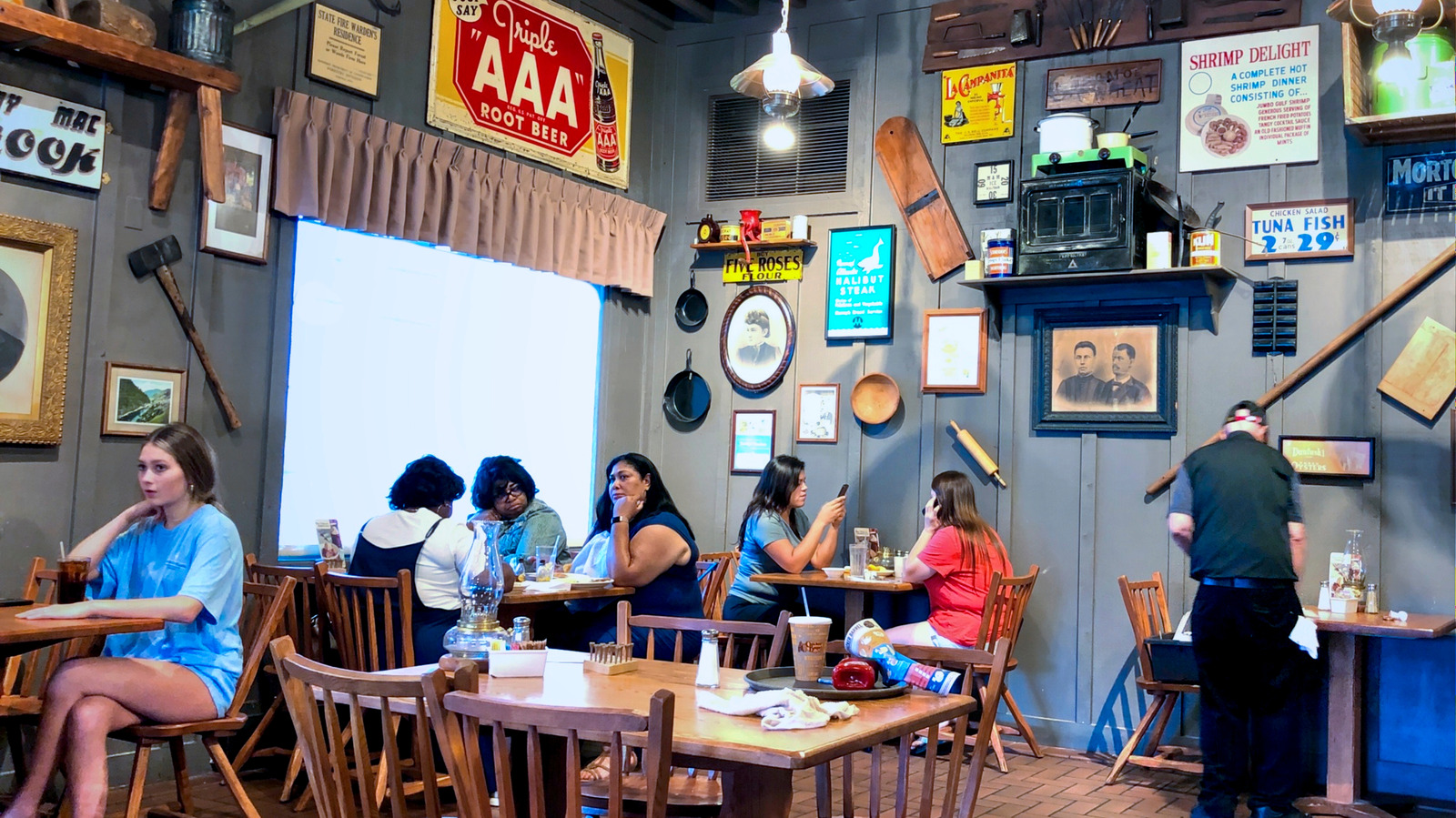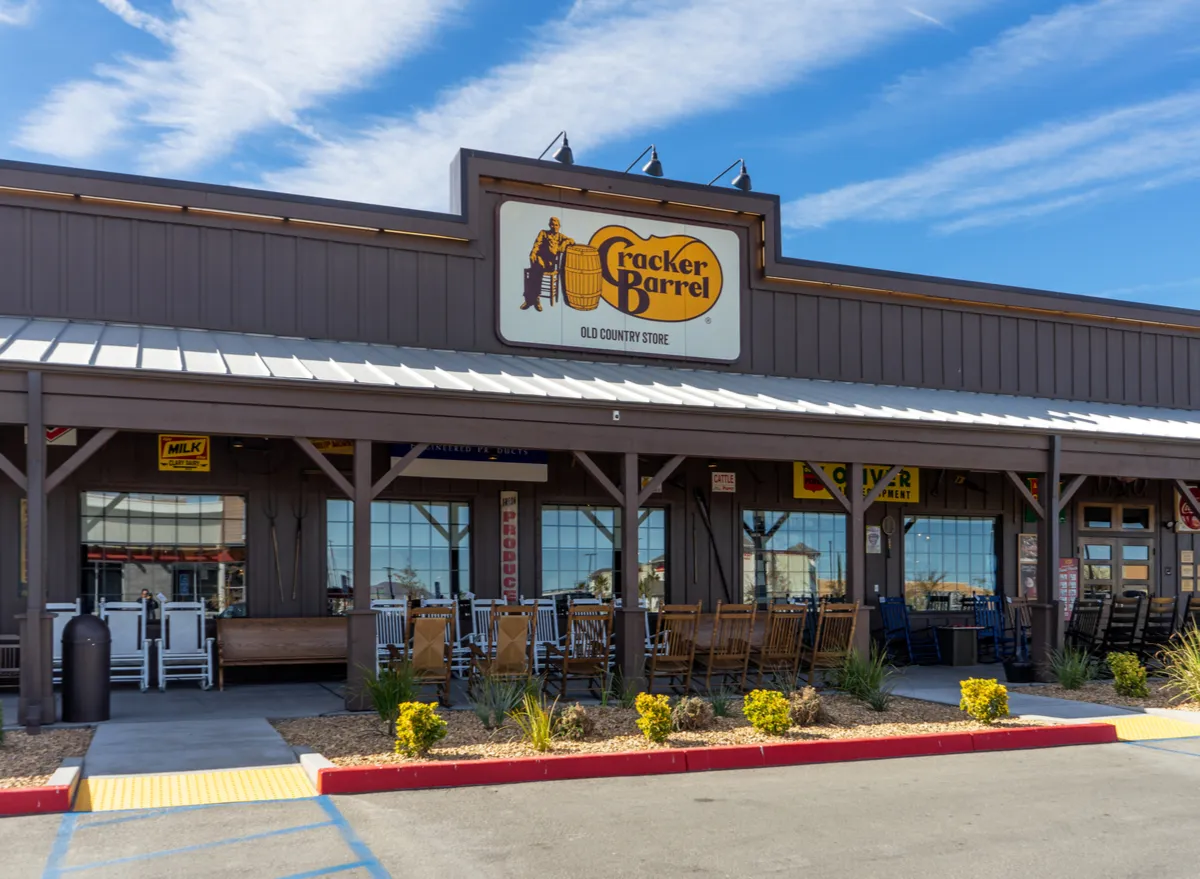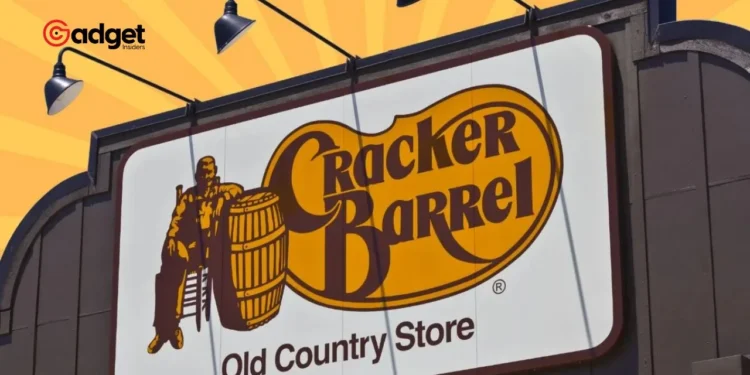In an unexpectedly candid admission during a recent investor call, Julie Felss Masino, the CEO of Cracker Barrel, acknowledged a sobering truth that has sent shockwaves through the market: “We’re just not as relevant as we once were.” This startling confession has led to a sharp 20 percent decline in the stock price of this 54-year-old Southern country-themed chain, renowned for its all-American menu featuring biscuits, gravy, and fried chicken.

As of this Thursday, Cracker Barrel’s shares plummeted to a 52-week low, trading at $45.35, marking the company’s lowest level in over a decade. The stock slightly recovered, closing at $45.67, but still down 2.1 percent post-Masino’s remarks. The company’s annual dividend saw a drastic reduction from $1.30 per share to just 25 cents, signaling serious internal financial adjustments.
Nostalgia No Longer Enough: Cracker Barrel’s Plan to Win Back America
Recognizing the urgent need for change, Cracker Barrel announced a $700 million investment plan spread over the next three years aimed at regaining its lost popularity. This plan involves a comprehensive overhaul from menu changes to physical refurbishments. The chain has already begun experimenting with a new menu in 10 of its locations and revamping the décor, shifting from its traditional aesthetic to a fresher, more modern look with a different color palette.
One of America's most old-fashioned restaurants is adapting for the modern age https://t.co/uCy4EusYAu pic.twitter.com/QjtJjn1x9D
— Insider Retail (@insiderretail) March 16, 2016
In a bold move to modernize its offerings, Cracker Barrel is set to eliminate 20 items from its traditional menu, replacing them with innovative dishes such as “Premium Savory Chicken and Rice, Slow Braised Pot Roast, and Hashbrown Casserole Shepherd’s Pie,” set to debut this fall. These changes come as a response to the steady decline in visitor numbers, particularly after the pandemic, which saw a significant drop in its primarily senior customer base.

Addressing Past Controversies and Future Challenges
Cracker Barrel’s history hasn’t been without its controversies. Notably, the company faced backlash in the 1990s for its anti-LGBT policies. Attempting to pivot from its past, the restaurant adopted more inclusive marketing approaches like displaying rainbow-colored rocking chairs during Pride Month last year. However, this move was met with mixed reactions, highlighting the challenge of balancing legacy consumer expectations with the necessity to attract a younger, more diverse demographic.
The need to attract younger patrons is urgent as Jake Bartlett, a Truist analyst, points out, “They have a lot of senior consumers, so in the long run, they have to migrate away from that consumer.” This demographic pivot is crucial for the chain’s survival but introduces its own set of challenges, particularly in retaining the loyalty of its traditional customer base while making the brand appealing to Gen Z consumers.

Broader Trends and Industry Implications
Cracker Barrel is not alone in facing these tough industry conditions. Other iconic chains like Red Lobster and Applebee’s have also been struggling. Red Lobster recently filed for bankruptcy protection after shutting down nearly 100 locations, and Applebee’s has closed 35 of its restaurants this year alone. These closures reflect broader challenges within the casual dining industry, including rising rent and labor costs and shifts in consumer dining preferences.
In conclusion, Cracker Barrel’s future seems hinged on its ability to effectively reinvent itself and realign with the evolving tastes and expectations of a new generation of diners. As the company navigates through these transformative changes, only time will tell if this American staple can regain its relevance and flourish once again in the ever-changing landscape of the American dining experience.










